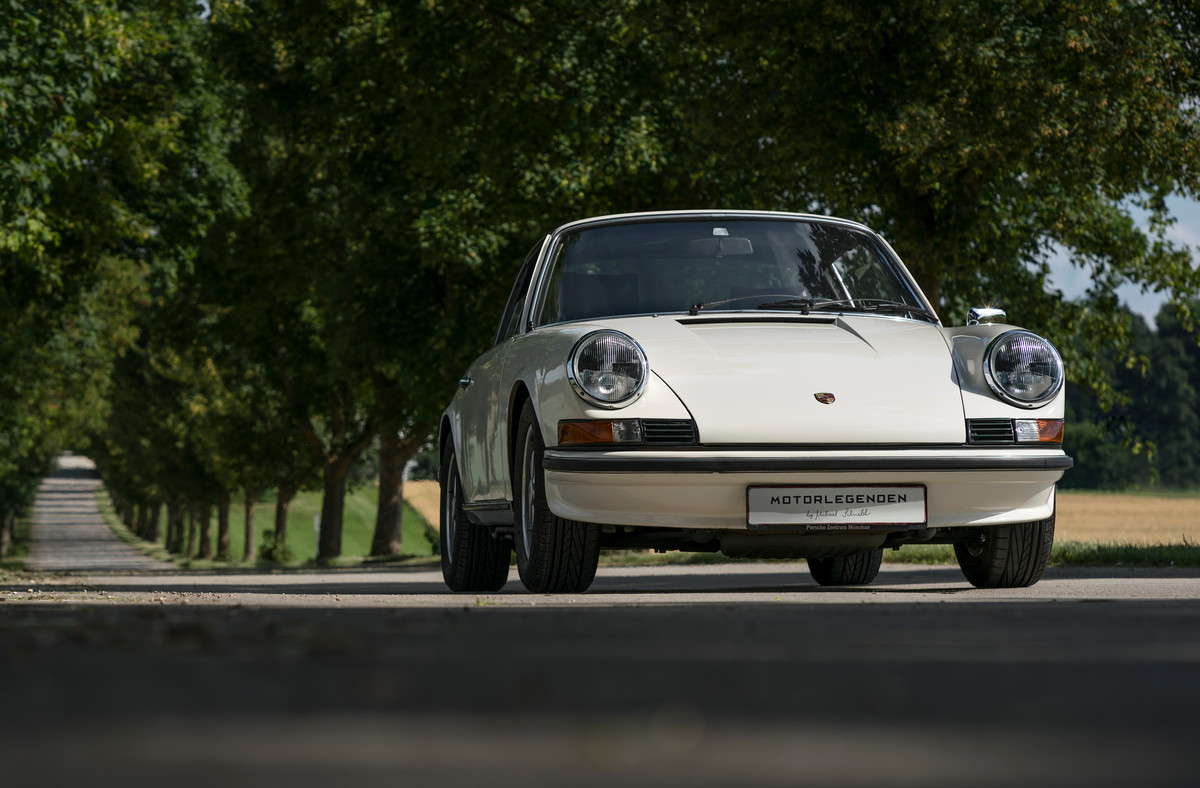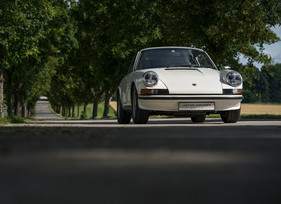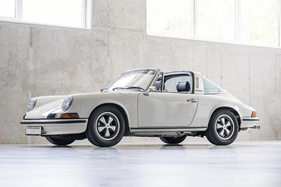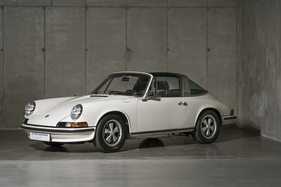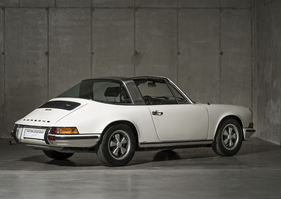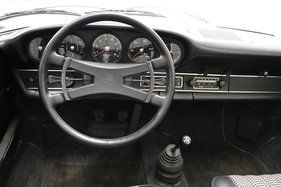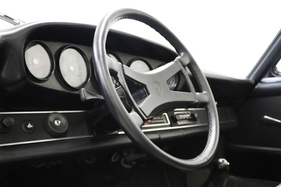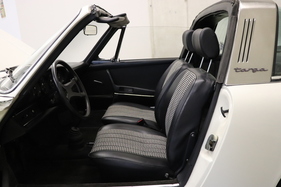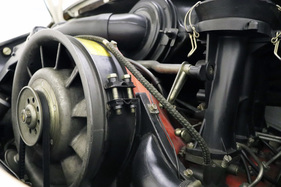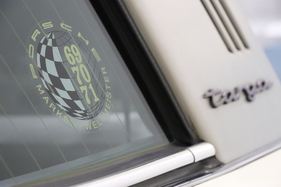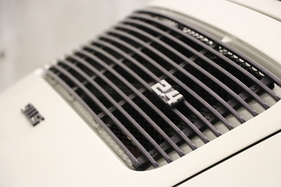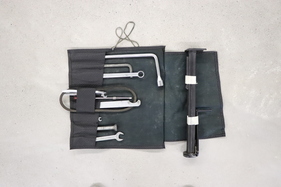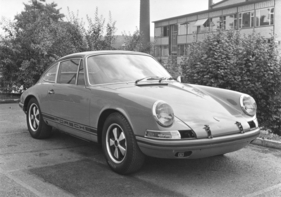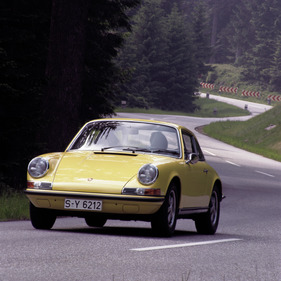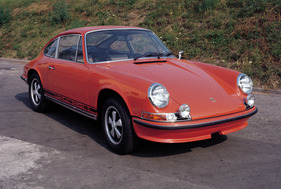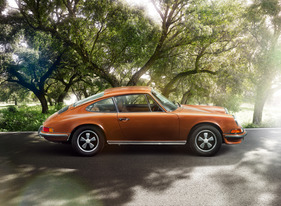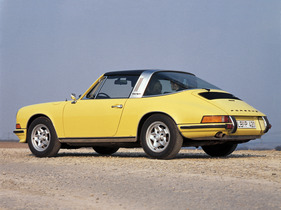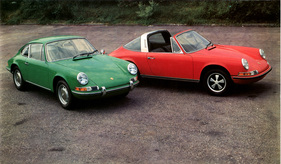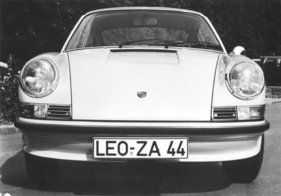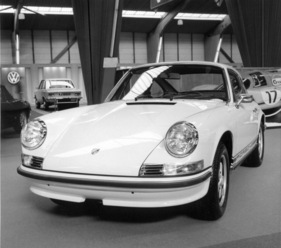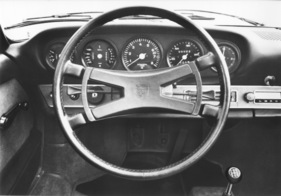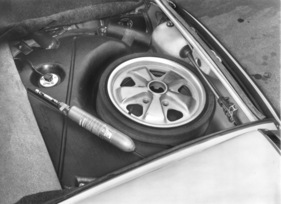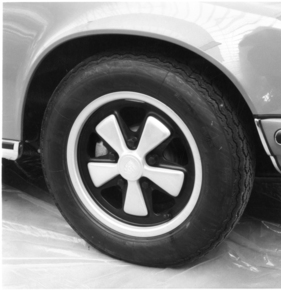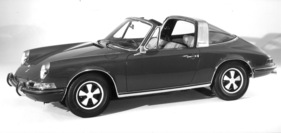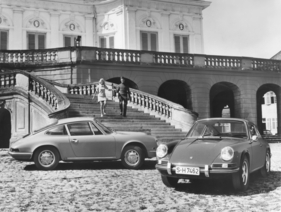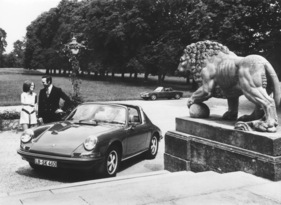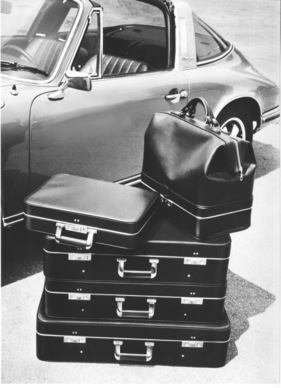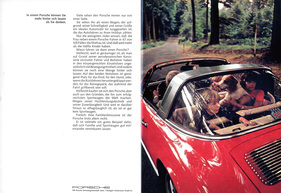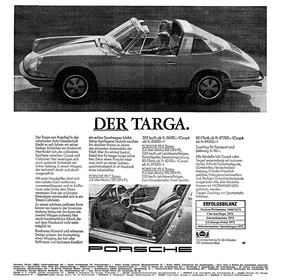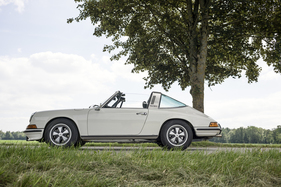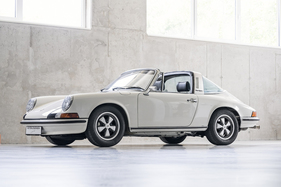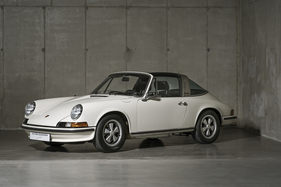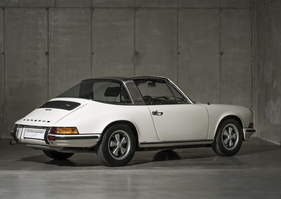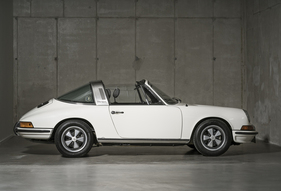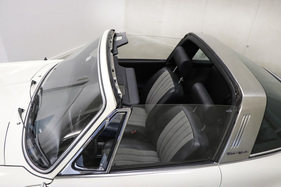Porsche 911 S 2.4 Targa - Skirt chaser with room for improvement
Summary
In the seventies, Porsche built nothing but sports and racing cars. And you could feel that in the products. The 911 S 2.4 was a good example of this, as it still did without power assistance for the steering and brakes, but not without a good power-to-weight ratio and a hard chassis. This vehicle report is dedicated to the 2.4-liter model of the Porsche 911 S and shows historical and current pictures.
This article contains the following chapters
- Continuous further development
- The harbingers of unleaded gasoline
- Spurtstärker ...
- ... and with more downforce
- With strengths and weaknesses
- The "crown"
- Again without an oil flap
- Sporting successes including
- Hardly less sporty as a Targa
- Small edition
- An example that has remained original
- Further information
Estimated reading time: 6min
Preview (beginning of the article)
In the early seventies, the Porsche 911 S was still a real man's car, at least that's how the reporters of the time saw it, because the steering did without power assistance, as did the ventilated disc brakes. Muscle power and a firm grip were required, wrote Manfred Jantke in his test report for Auto Motor und Sport in January 1972. The Porsche engineers had consistently developed the 911 since its birth as the 901 and also increased the engine capacity for the second time for the 1972 model year. It was now 2341 cm3, enough for 190 hp at 6500 rpm in the S model. The increase in displacement had become necessary to compensate for the reduction or elimination of lead in the fuel in view of the emissions regulations in the USA. Because this was accompanied by a drop in the octane rating, the Porsche engines had to be designed for normal gasoline, which is why the compression ratio was now 8.5:1 instead of 9.8:1.
Continue reading this article for free?
Photos of this article

